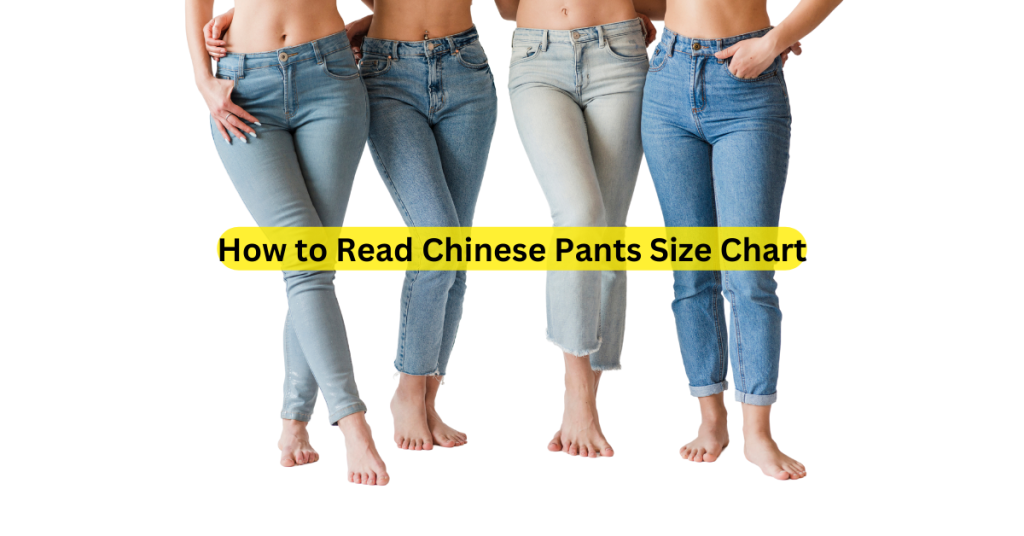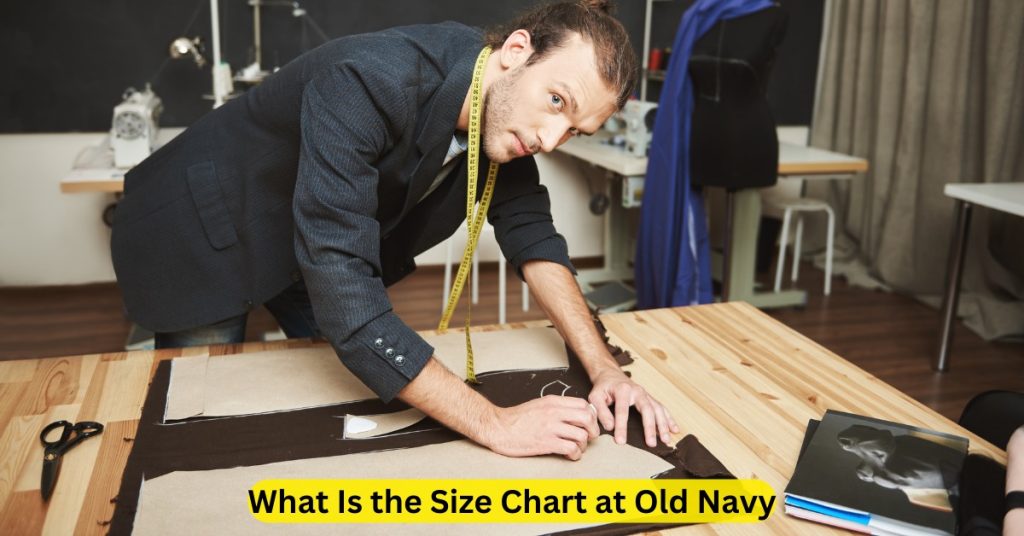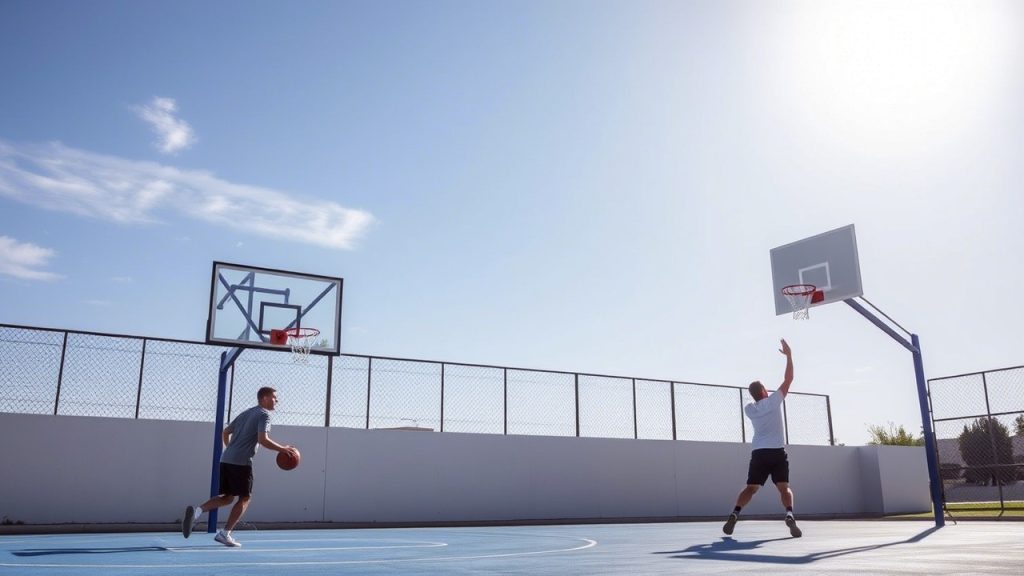16 Best Ski Boot Size Chart Ideas to Save Time and Effort
Skiing is one of the most exciting winter sports, offering adrenaline-pumping runs down the slopes. However, the thrill of skiing can quickly be overshadowed by discomfort from poorly fitting boots. Ski boots are one of the most essential pieces of gear for any skier, and choosing the right size is critical for both comfort and performance. Getting the wrong boot size can lead to blisters, sore feet, poor control, and ultimately, a ruined day on the slopes.
Finding the perfect ski boot size is not always as simple as picking your regular shoe size. Ski boots follow a specific sizing system that can sometimes be confusing, especially with different brands and models. Fortunately, with the right guidance, you can save time and effort by using a few practical size chart ideas. This guide will provide you with 16 best ski boot size chart ideas to help you choose the right ski boots quickly and without any hassle.
1. Understanding the Mondo Point System
The Mondo Point sizing system is the industry standard for ski boots. Unlike traditional shoe sizing systems that rely on US, UK, or European measurements, Mondo Point measures the length of your foot in centimeters. For example, if your foot is 27 centimeters long, your ski boot size will be 27.0 Mondopoint. This size system helps you get a more precise fit, which is essential for skiing performance.
It’s important to note that while Mondo Point is universal, some ski boot manufacturers may have slight variations in their sizing charts, so always check with the brand or store before purchasing.
2. How to Measure Your Foot for the Perfect Ski Boot Fit
Before using any ski boot size chart, the first thing you need to do is measure your foot properly. Here’s how to do it:
- Get a Piece of Paper: Lay it on the floor in front of a wall.
- Place Your Foot on the Paper: Stand with your heel against the wall. Make sure your foot is flat and straight.
- Mark Your Foot: Use a pen to mark the tip of your longest toe and the back of your heel on the paper.
- Measure the Length: Use a ruler or measuring tape to measure the distance between the two marks in centimeters.
This will give you an accurate foot length, which is crucial for determining your ski boot size. Be sure to repeat the process for both feet, as most people have one foot slightly larger than the other.
3. Ski Boot Size Conversion Chart
Once you’ve measured your foot, you can use a conversion chart to determine your ski boot size. Most ski boots use the Mondo Point system, but there are also conversions to other systems such as US, UK, and European sizes. Below is a basic conversion chart to help guide you:
| Foot Length (cm) | Mondo Size (cm) | US Men’s Size | US Women’s Size | EU Size |
|---|---|---|---|---|
| 22.0 | 22.0 | 4.5 | 5.5 | 36 |
| 23.0 | 23.0 | 5.5 | 6.5 | 37 |
| 24.0 | 24.0 | 6.5 | 7.5 | 38 |
| 25.0 | 25.0 | 7.5 | 8.5 | 39 |
| 26.0 | 26.0 | 8.5 | 9.5 | 40 |
| 27.0 | 27.0 | 9.5 | 10.5 | 41 |
| 28.0 | 28.0 | 10.5 | 11.5 | 42 |
| 29.0 | 29.0 | 11.5 | 12.5 | 43 |
| 30.0 | 30.0 | 12.5 | 13.5 | 44 |
This chart provides a straightforward conversion for different sizing systems. Ensure that you match your Mondo size with the appropriate US, UK, or EU size to help you pick the right pair of ski boots.
4. Foot Width and Ski Boot Sizing
While foot length is critical, foot width is just as important when selecting ski boots. Ski boots come in different width categories to accommodate various foot shapes. The most common categories are:
- Narrow (B-C Width): Ideal for individuals with a narrower foot shape.
- Medium (D-E Width): Standard for most people with average foot width.
- Wide (E-F Width): Suitable for those with wider feet.
Many ski brands offer boots in different widths, so it’s important to consider how wide your feet are when selecting your ski boots. If you have wide feet, a boot with a wider last will prevent pinching and discomfort.

5. Understanding Ski Boot Flex Rating
The flex rating of a ski boot determines how stiff or soft the boot is. Skiers should select a boot with an appropriate flex rating based on their skiing style, ability level, and weight. Here’s a breakdown of common flex ratings:
- Soft Flex (50-70): Ideal for beginner skiers or those who prefer more comfort and flexibility.
- Medium Flex (70-90): Suitable for intermediate skiers who need a balance between comfort and control.
- Stiff Flex (90-130): Designed for advanced skiers or those who ski aggressively.
- Very Stiff Flex (130+): Professional skiers or racers who need maximum control.
If you’re new to skiing or prefer a more relaxed ride, opt for a soft or medium flex. If you’re a seasoned skier, you’ll likely benefit from a stiffer flex for better precision and control.
6. Try On Multiple Ski Boots for Fit and Comfort
When shopping for ski boots, it’s essential to try them on. Don’t just assume that your usual shoe size will work for ski boots. Here’s what to keep in mind when trying on boots:
- Wear Thin Ski Socks: Avoid wearing thick cotton socks, as they can make your feet feel tighter than they actually are.
- Stand Up: Stand up straight and make sure your heel is snug at the back of the boot.
- Flex Forward: Bend your knees and flex forward, simulating a skiing position. This will help you assess how your feet sit in the boots.
- Walk Around: Take a few steps to ensure that the boots don’t pinch or cause any discomfort. Your toes should lightly touch the front of the boot, but not feel cramped.
7. Boot Liners and Customization
Ski boot liners can make a huge difference in terms of comfort. Most boots come with standard liners, but some models offer heat-moldable or custom liners. These liners mold to the shape of your foot after a heating process, providing a more personalized fit and improved comfort.
If you have specific foot issues like flat feet or high arches, custom footbeds or insoles can further improve the fit of your ski boots.
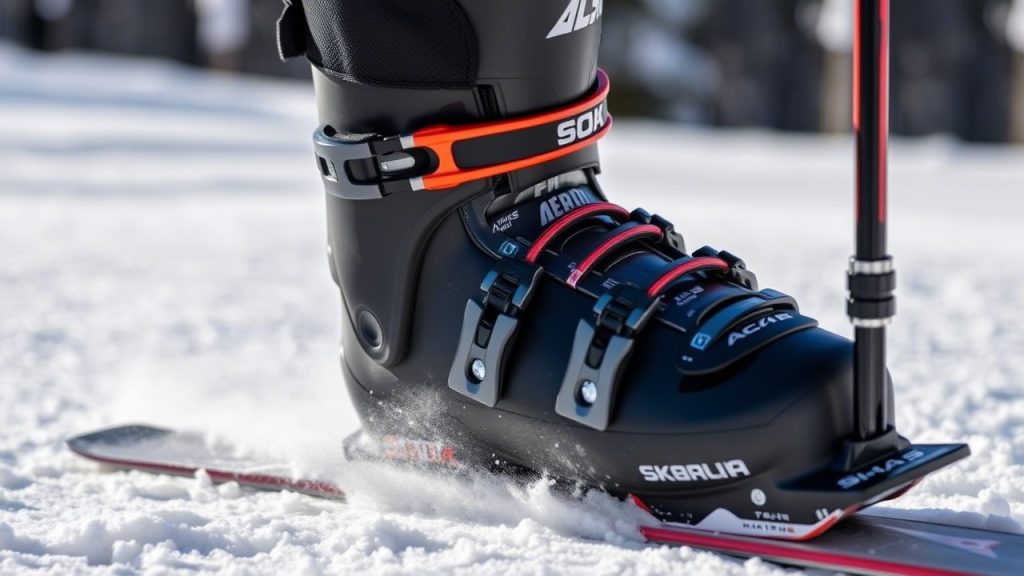
8. Consider the Break-In Period
New ski boots will often feel stiff, and it’s important to remember that they require a break-in period. The boots will mold to your feet over time, becoming more comfortable after a few days of use. However, the fit should still feel snug right from the start. If the boots are causing you severe pain, they might be the wrong size.
9. Use Boot Fitting Services
If you’re struggling to find the right fit or have special foot requirements, consider visiting a professional boot fitter. Many ski shops offer boot fitting services where they can analyze your foot shape, measure your feet, and adjust the boots to provide the most comfortable fit possible. Boot fitting services are especially helpful for skiers with foot problems like bunions, high arches, or wide feet.
10. Size Up for Comfort or Down for Performance
When in doubt, always opt for a slightly smaller boot size rather than a larger one. A snug fit is crucial for ski boots, as it improves control and responsiveness. If you choose a boot that is too large, your foot will move around inside the boot, leading to discomfort and poor control.
However, if your feet are wide, you may need to size up to a wider model to ensure the boot isn’t too tight, especially around the toe box.
11. Don’t Forget the Boot Cuffs and Buckles
The cuff of the boot and its buckles are also important for achieving the right fit. Many ski boots feature adjustable cuffs that can be tightened or loosened depending on your preference. The buckles help secure your foot in place, and should be adjusted evenly to avoid any pressure points.
12. Account for Ski Boot Compatibility
Some ski boots are designed for specific types of bindings. It’s important to ensure that your boots are compatible with your ski bindings before purchasing. There are alpine, touring, and hybrid boots, and each type is designed to work with different binding systems.
13. Consider the Type of Skiing You Do
The type of skiing you engage in also affects your choice of boot. Alpine skiers will need a different boot than cross-country or backcountry skiers. For example, if you’re a downhill skier, you’ll need boots that provide excellent support and stiffness. On the other hand, if you’re into backcountry skiing, you might want a boot that offers more mobility and comfort.
14. Check Boot Sizing Guidelines by Manufacturer
Although the Mondopoint sizing system is universal, different manufacturers might have slight variations in sizing. Always check the boot sizing guidelines provided by the manufacturer or ask an expert at the store for advice. Some brands are known for making wider or narrower boots, and it’s important to know what works best for your feet.
15. Don’t Rely Solely on Size Charts
Ski boot sizing charts are a great starting point, but they’re not foolproof. Factors like foot shape, flexibility, and skiing style will also impact your decision. Always try the boots on or seek professional fitting to ensure the best fit.
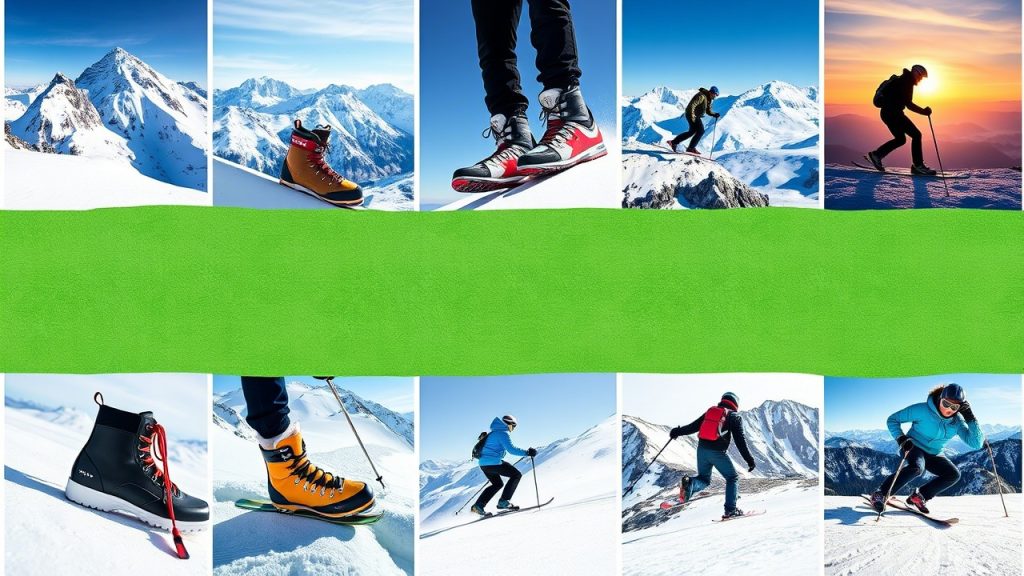
16. Take Advantage of Online Tools
If you’re purchasing boots online, many retailers offer virtual fitting tools that can help you select the right size. Some brands even provide foot scanning technology that allows you to measure your foot and match it with the perfect boot size.
Frequently Asked Questions
1. How do I measure my foot for ski boots?
You can measure your foot in centimeters by placing it on a piece of paper, marking the longest point of your toes and heel, and measuring the distance between them.
2. What is the Mondopoint system?
Mondopoint is a ski boot sizing system that measures the length of your foot in centimeters. For example, if your foot is 27.5 cm long, your ski boot size would be 27.5 Mondopoint.
3. How tight should ski boots be?
Ski boots should feel snug around your feet, with your heel staying in place. There should be no significant movement inside the boot, and your toes should barely touch the front of the boot when standing upright.
4. Should I buy ski boots online or in a store?
While online shopping offers convenience, it’s best to try on ski boots in a store where you can get professional fitting assistance and try on multiple boots for comfort.
5. Can I adjust the fit of my ski boots?
Yes, ski boots can be adjusted with features like heat-moldable liners, custom footbeds, and adjustable cuffs to improve fit and comfort.
6. What if my ski boots feel too tight or too loose?
If your boots are too tight, they may be too small, and if they’re too loose, they may be too large. It’s important to get a proper fit for optimal comfort and performance.
7. Do I need to buy specific boots for different types of skiing?
Yes, different types of skiing require different boots. Alpine, backcountry, and cross-country boots are all designed for specific types of skiing.
8. How do I break in new ski boots?
Ski boots will naturally break in over time. Wear them around the house or take them on short runs to help the liners mold to your feet.
9. Can I use custom footbeds in any ski boot?
Custom footbeds can be added to most ski boots to enhance comfort, support, and fit. However, it’s best to consult with a boot fitter to ensure compatibility.
Conclusion
Choosing the right ski boots is crucial for a comfortable and enjoyable skiing experience. By using the 16 best ski boot size chart ideas and understanding the different sizing systems, flex ratings, and customization options, you can save time and effort when selecting the perfect pair. A proper fit will keep your feet comfortable and allow you to enjoy your time on the slopes to the fullest.
Remember to always consult sizing charts, measure your feet accurately, and if possible, try on the boots before purchasing. If you need help, don’t hesitate to seek professional fitting services from a knowledgeable boot fitter. With the right ski boots, you’ll be ready to conquer the slopes with confidence!


